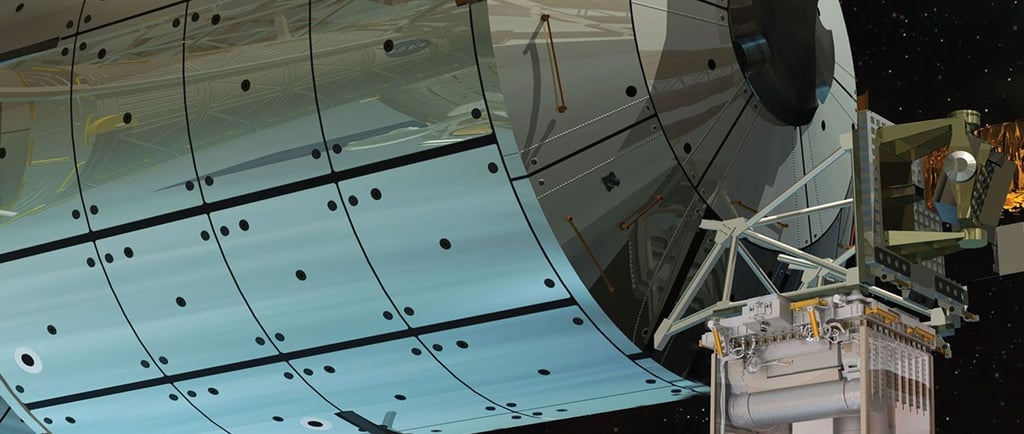Atomic Clock Ensemble in Space


Introduction to the Aces Mission
The Aces, or Atomic Clock Ensemble in Space, is a pioneering mission led by ESA (European Space Agency) that aims to explore fundamental questions in physics. At the heart of this mission is the comparison of an exceptionally precise atomic clock in space with various atomic clocks located on Earth. This project marks a significant advancement in global time synchronization and offers a novel approach to clock comparison experiments.
The Role of NASA and Scientific Collaboration
Sponsored by NASA, the Aces mission showcases a remarkable collaboration between international scientists, particularly those from the United States. Various teams are actively contributing to the mission through the provision of ground station reference clocks, which will serve as critical components in ensuring accurate comparisons with the space-based clock. This collaboration underscores the global effort required to tackle complex scientific inquiries related to time and gravity.
Implications of the Findings
Over an ambitious duration of 30 months, the Aces project aims to gather extensive data that will provide fresh insights into the intricate relationship between gravity and time. With its vast network of highly precise atomic clocks, the mission is expected to offer new limits for previously unknown aspects of physics. The implications of the findings could extend beyond theoretical interest; they may have practical applications in enhancing GPS technology, improving navigation systems, and refining our understanding of the universe.
The Aces mission, by comparing the effects of gravity on time across different locations, emphasizes the reliability of atomic clocks and their significance in scientific research. As we delve deeper into the mysteries of time through this endeavor, we stand to gain a profound understanding of the laws governing our universe.
